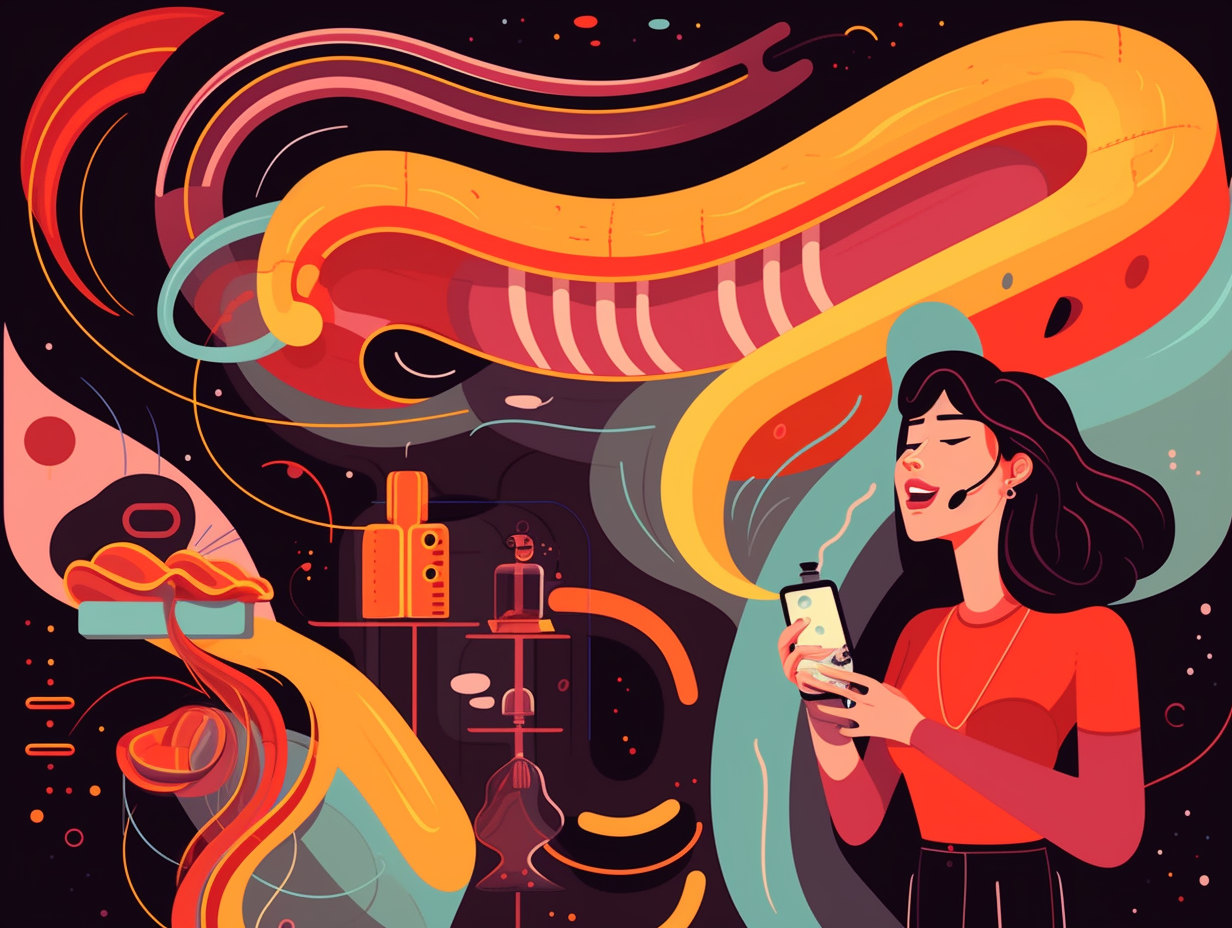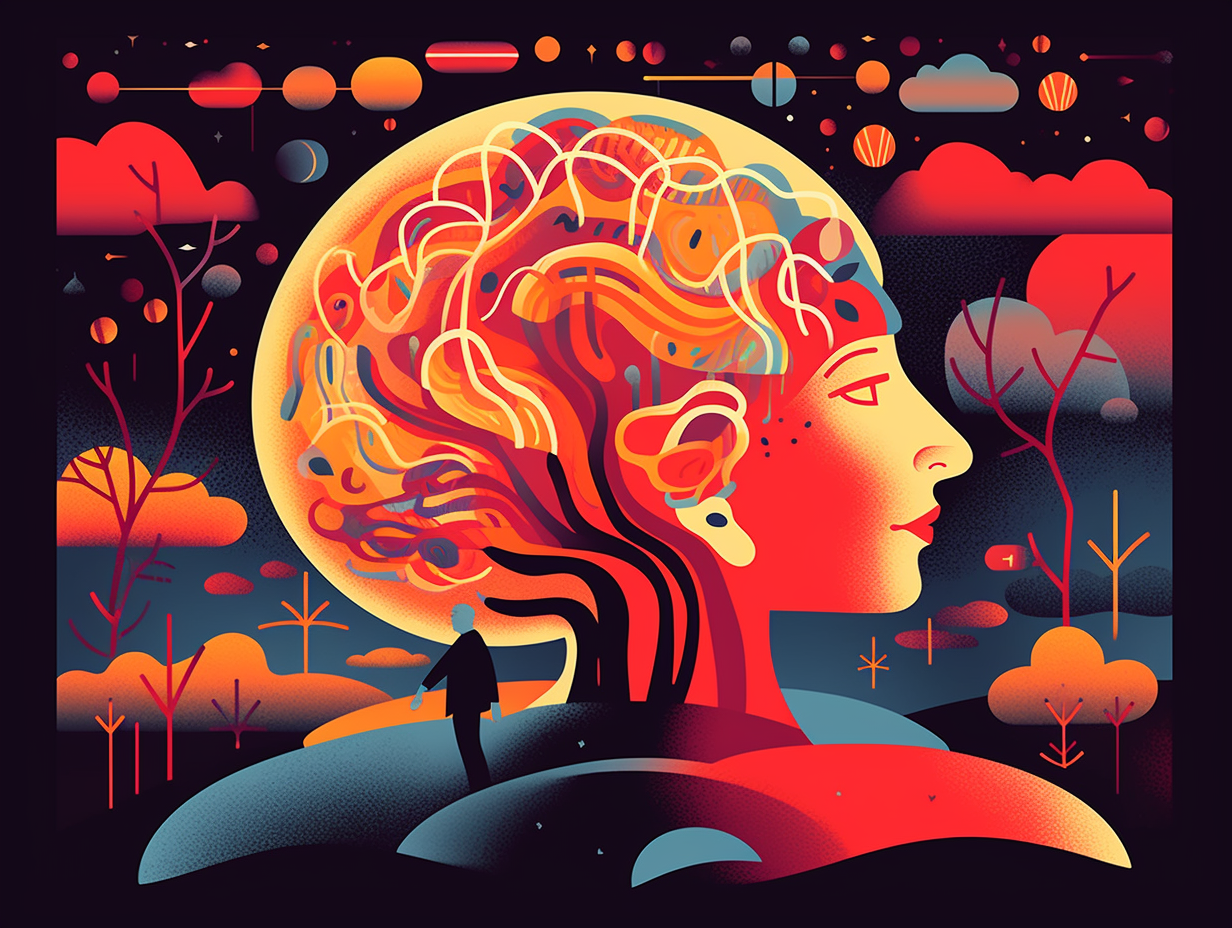Discover the Powerhouse: Top 8 Fun Facts About ATP You Never Knew!

1. Move Over, Bitcoin: ATP's Cellular Economy
Who needs cryptocurrency when you've got ATP? That's right, the cell's very own "energy currency" sweeps the market with its high exchange rates and bankable reputation: ATP (Adenosine Triphosphate) provides easily accessible energy for essential cellular processes - everything from intracellular signaling to muscle contraction - and maintains a stable concentration in cells (1 to 10 uM) thanks to intricate regulatory feedback mechanisms. So move over, Bitcoin! ATP is powering up biological transactions in a cellular economy near you!
Source => ncbi.nlm.nih.gov
2. Punch Card Rewards: Gorilla-Sized ATP Generation
If our bodies ran on a punch card system, we might just be racking up some serious frequent flyer miles with ATP: On a daily basis during exercise, an adult can generate as much as 60-80 kg of this cellular currency, essentially powering through a whole gorilla's worth of ATP. However, factors like caloric intake, oxygen consumption, and activity levels can cause this energizing exchange rate to vary between individuals.
Source => biology.stackexchange.com

Did you know? Mitochondria inherit their DNA only from the mother, creating a unique human ID and sparking "three-parent baby" controversies. Discover more fascinating facts about these cellular powerhouses!
=> Fun Facts about Mitochondria
3. ATP: The Millionaire Metabolic Hero
If ATP were a contestant on "Who Wants To Be A Millionaire," it would be cashing in all its high-energy bonds to keep the cell's metabolic processes on a winning streak: Known as the cell's energy currency, ATP hogs the spotlight by providing energy for nearly every metabolic process, from muscle contractions to DNA synthesis, and playing chauffeur as it transports molecules across membranes.
Source => news-medical.net
4. Tiny Olympians: The ATP Relay Race in Our Cells
In the game of Life, ATP is like an energetic relay race for microscopic Olympians: This essential molecule is in short supply, with only about 50 grams in the human body; but fear not, it's constantly broken down and resynthesized, cycling through a whopping 50-75 kg of ATP per day to power up our biological processes.
Source => biotopics.co.uk

5. Caffeine for the Brain: ATP's Role in Sleep
Sleepwalking through life with caffeine: Turns out, our brains experience a surge of ATP during the early hours of Zzz-time, specifically in those wake-active regions. This ATP boost is directly linked to sleep and positively correlates with non-rapid eye movement delta activity. So, while we're busy dreaming of witty one-liners and meme-worthy moments, our brains are cashing in on some much-needed energy, paving the way for increased anabolic processes and restorative shenanigans during our nightly snooze fest.
Source => ncbi.nlm.nih.gov
6. The Muscle Bank: ATP's Energy Stash
If muscles were a bank, ATP would be that emergency cash stash hidden in the sock drawer: Though we store a minuscule amount of ATP in our cells, the body relies on the Phosphagen, Glycolytic, and Mitochondrial Respiration systems to regenerate ATP during exercise, with each system's contribution depending on intensity, duration, and type of physical activity.
Source => ncbi.nlm.nih.gov
7. Oxygen-ATP: The Energy Power Couple
When life gives you oxygen, make ATP: Aerobic metabolism, the oxygen-loving cool kid of cellular respiration, produces a whopping 19 times more energy-efficient ATP compared to its out-of-breath anaerobic cousin. This powerhouse process can whip up 38 ATP molecules per glucose molecule, leaving anaerobic respiration huffing and puffing with a mere 2 ATP molecules (and plenty of wasted energy).
Source => chemeurope.com
8. Oprah-Style Energy: ATP, the Cellular CEO
If ATP was the CEO of your body, it'd be dealing out energy like Oprah hands out freebies, showering every cell with life-giving power: Did you know that ATP, or adenosine triphosphate, is often called the energy currency of the body because it acts as fuel for nearly all cellular processes, from flexing your muscles to thinking about having a snack? Generated through the oxidation of carbohydrates and the anaerobic utilization of phosphocreatine and glycogen, ATP keeps your body going all day – but beware, during short and intense exercises, type II fiber phosphocreatine supplies can run dangerously low, causing fatigue and a decrease in force generation capabilities.
Source => pubmed.ncbi.nlm.nih.gov
Related Fun Facts




















